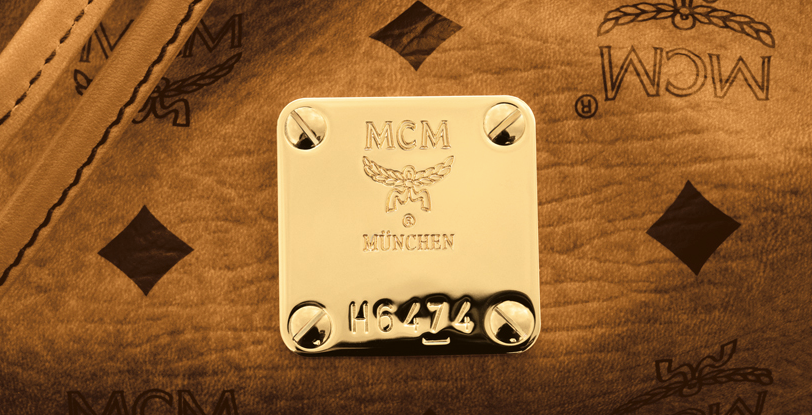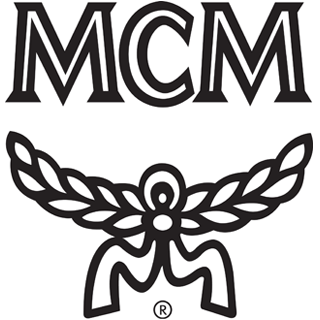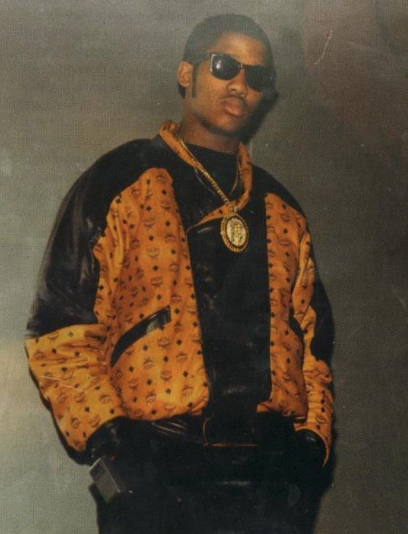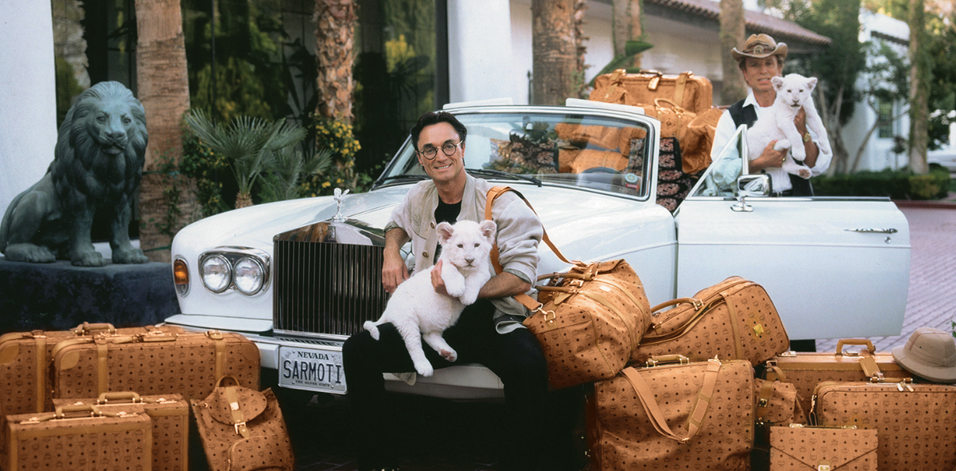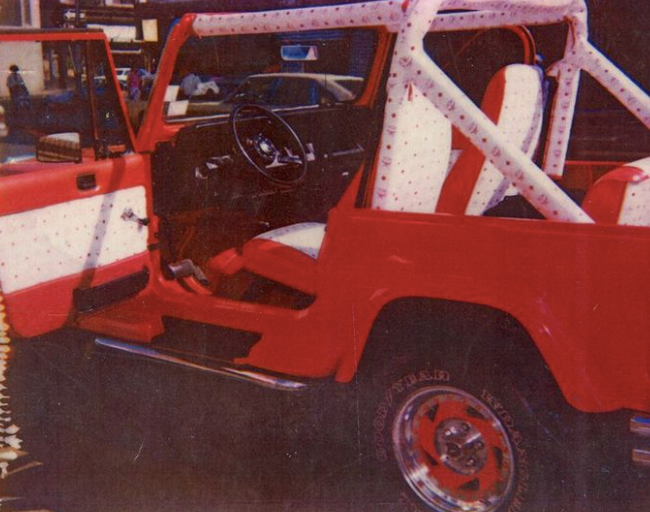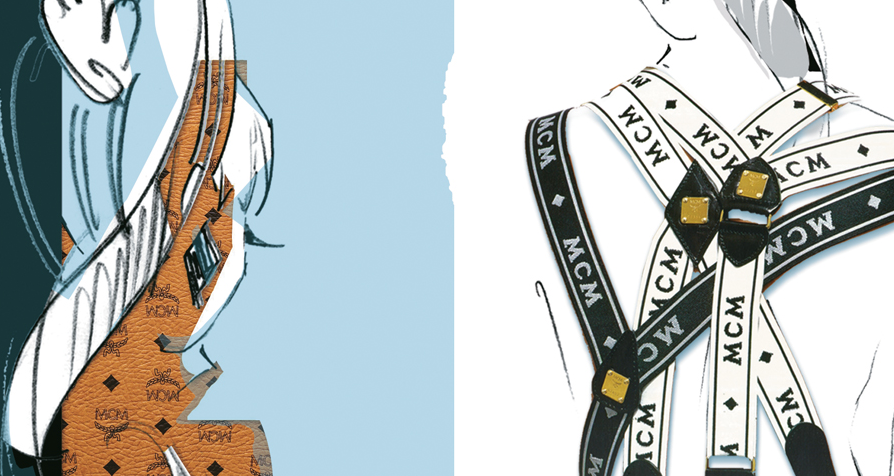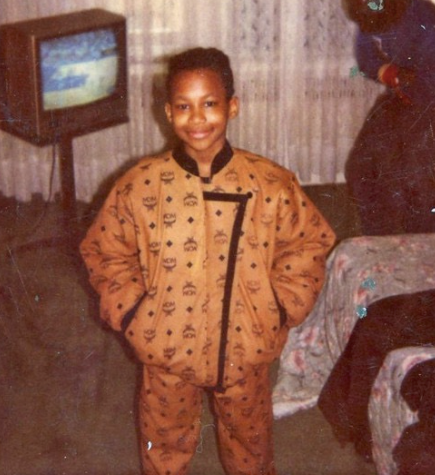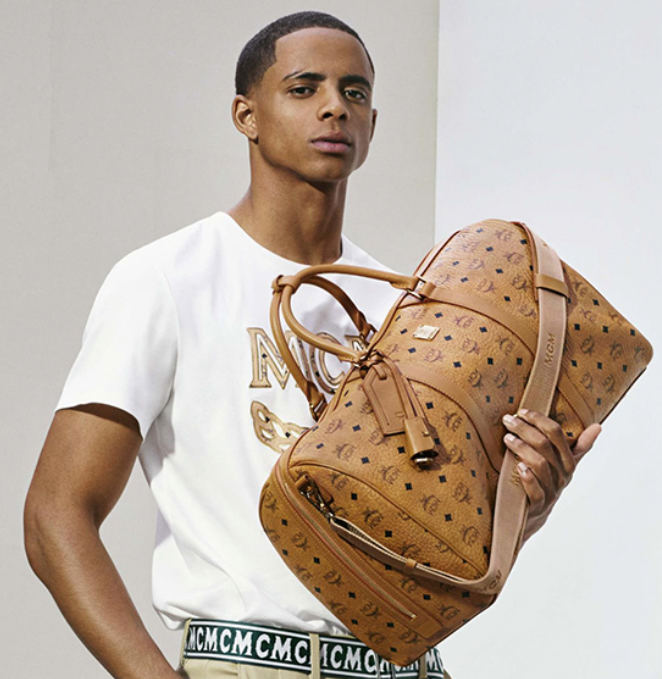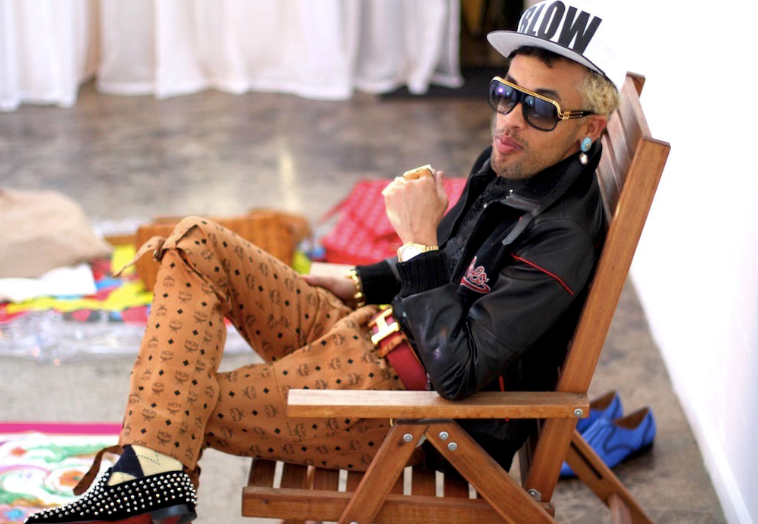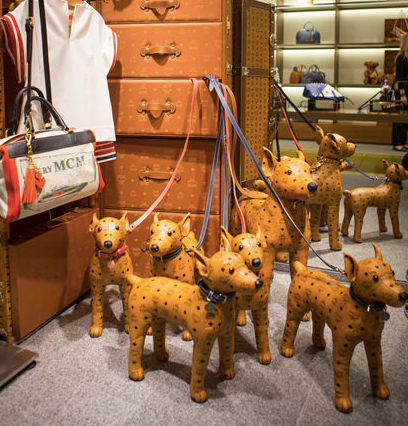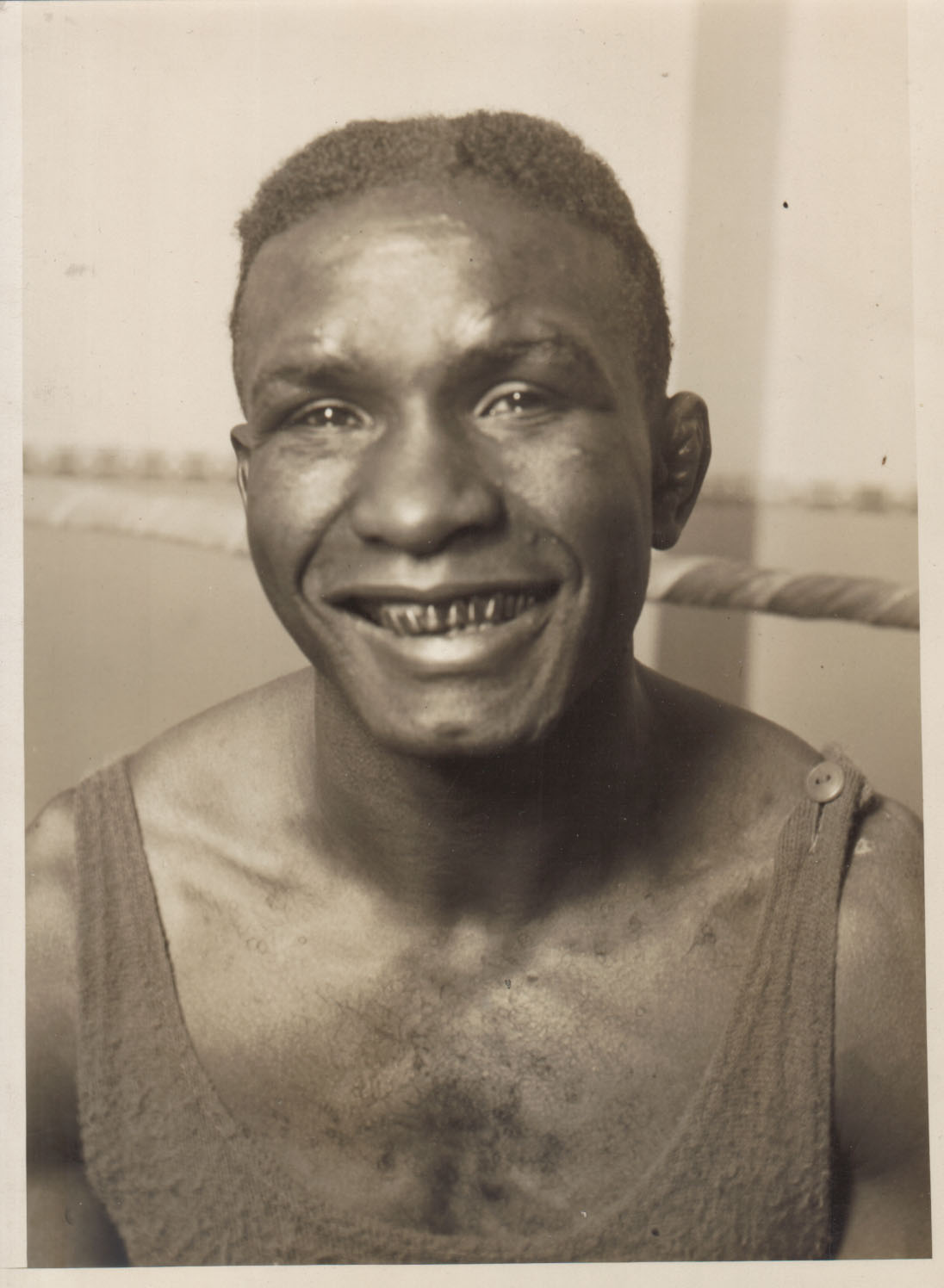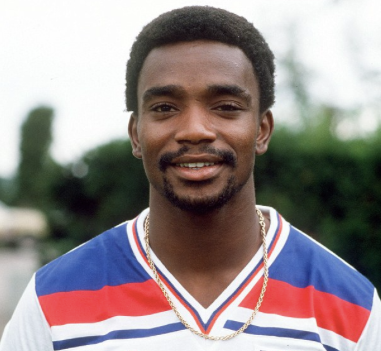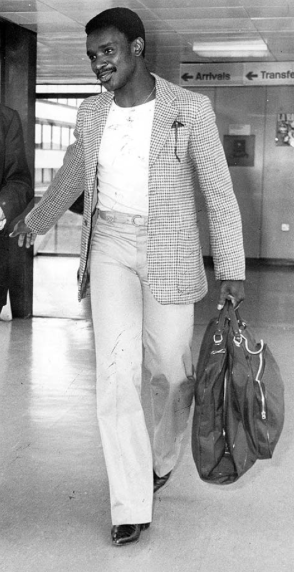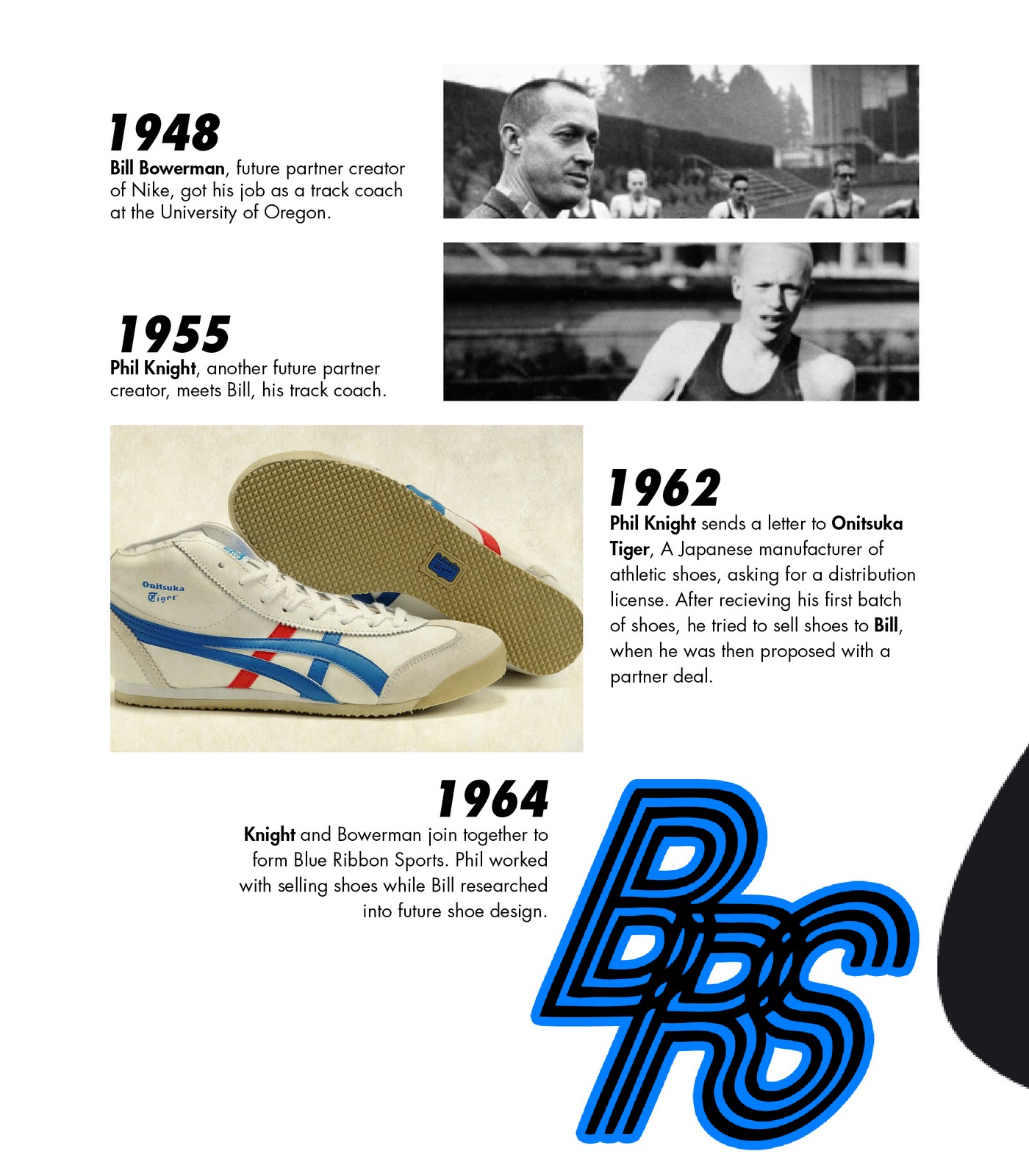KING OF NY : Casper Holstein
Casper Holstein , a philanthropist, humanitarian, entrepreneur and alleged mobster in New York in the 1920's know as the "Bolito King".
New Yorkers have been claiming to be King of New York from all types of backgrounds in my lifetime. I have heard rappers, drug dealers and even everyday residents say they are the "King of New York". One thing that is certain, true kings never have to announce their presence.
“Harlem’s favorite hero, because of his wealth, his sporting proclivities and his philanthropies among the people of his race.”
Enter Casper Holstein , a philanthropist, humanitarian, entrepreneur and alleged mobster. A man who took advantage of his opportunities and utilized a messenger role on Wall Street to create a multi-million dollar trusted New York lottery. While on Wall Street Holstein became intrigued by the stock market. Combining his self knowledge of the stock exchange and the numbers system Holstein created his own lottery coined "Bolito" which was a hit.
During the mid-1920s Holstein's earnings ballooned to $2 million from his lotteries. His wealth afforded him a lavish lifestyle which included various homes and a fleet of expensive cars.
Actor Jeffrey Wright plays Harlemite Valentin Narcisse in HBO's hit series Boardwalk Empire. Narcisse's character is loosely based upon the life and placement of Casper Holstein in 1920's Harlem culture.
FIVE FUN FACTS ABOUT CASPER
1. Casper Holstein was born on December 7, 1876, in St. Croix, Danish West Indies. His parents were of mixed African and Danish descent, and his father's father was a Danish officer in the Danish West Indies Colonial militia.
2. Holstein financed dormitories at Southern black colleges and supplemented the income of a number of Harlem Renaissance artists, writes and musicians.
3. Holstein's lottery profits also helped establish a Baptist school in Liberia and fund Marcus Garvey's nationalist movement.
4. In 1928, Holstein was taken hostage on a ransom of $50,000. Three days later he was released. No one was arrested and the incident was never solved. This action initiated the decline of Holstein's involvement in the Harlem numbers and the rise of New York mobster Dutch Schultz who eventually took control of Harlem gambling scene.
5. Actor Jeffrey Wright plays Harlemite Valentin Narcisse in HBO's hit series Boardwalk Empire. Narcisse's character is loosely based upon the life of Casper Holstein
Let the Coltrane Play...
MCM : Cognac Viseto
What is a COGNAC VISETO?
MCM continues to place personalized brass plates with a unique number engraved on each of its products to this day.
MCM leather goods generated a resurgence in popular culture and below is a brief look into MCM and its ostentatious beginnings. MCM originally stood for Michael Cromer München , the creator of the brand, founded in 1976 in Munich, Germany. It penetrated the minds of forward thinkers and fashion forward individuals in the 1980s for its flashy patterns and in your face demeanor. To minimize MCM to its signature pattern would be demeaning, in fact MCM has turned itself into a brand that represents almost regal/progressive thinking while undeniably connecting with hip-hop and fashion's ever changing dynamic.
In the early 90's, amidst cult like popularity MCM Owner Cromer was investigated for tax evasion and eventually lost his 250 million company. Investors were not convinced that Cromer could regenerate profitability and MCM was split up and eventually all rights were acquired by a South Korean retail business that can be credited with its 2000's success. The term "modern-classic" comes to mind when thinking of MCM , penetrating that unique place where brands lie that can transcend decades of change.
So back to the headline what exactly is a Cognac Viseto?
Cognac Visetos : MCM Brand Signature Logo
Cognac Visetos is MCM's brand’s signature logo which at a glance looks like a person squatting with wings, but is actually a laurel wreath which signifies the ethos of MCM , as a company true to honor and constant evolution.
Below is a gallery of the varied adoration for MCM...
So next time you see that MCM bag you can have a little more information on the history and if you already have a product you have short context on what you are repping...
"LET THE COLTRANE PLAY..."
Don't Sweat the Technique : GOLD GRILLZ
Tiger Flowers, first African American middleweight boxing champion.
In present day America gold teeth and hip hop culture go hand in hand. Have you ever wondered where this sense of style or status originated. Researching several versions of the origin of Gold Teeth I believe if not the originator the Etruscan women of Tuscany were among the first group to sport what we would now call grillz, golds, fronts or in South Florida "Walls".
The Etruscans lived in Italy inhabiting what we now call the region of Tuscany—from around 800 BC to 200 BC. They would eventually be conquered by the Roman Empire and much of their history lie in researching tombs and graves. Archaeologists found documentation of around 20 sets of teeth woven with golden wire. The earliest of these artifacts date back to the seventh century BC.
Etruscan women were among the first group of people to wear gold teeth for status. "Certain high-status Etruscan women deliberately had their front teeth removed in order to be fitted with a gold band appliance holding a replacement, or reused, tooth" This was not considered medical so this procedure was never done by a dentist, it was always a goldsmith for adornment.
It is safe to say that since 800 BC gold grills have been seen as symbol of wealth and prosperity. Hip Hop / popular culture have been paying homage subconsciously. Below are a few impressive grills paying homage to the BC status statement.
Jack Johnson, first African American heavyweight boxing champion.
Elderly woman from Turkmenistan.
Sean Carter aka Jay Z, music mogul and entrepreneur.
Elderly man from Tajikistan.
"LET THE COLTRANE PLAY..."
LAURIE : The Football Dandy
Laurie Cunningham in all his Splendor.
Laurie Cunningham may not be a household name in the US, but I am sure he was lead my way through Google's complex algorithm of my constant search for outstanding athletes, trendsetters and style tastemakers. Laurie Cunningham was the son of a Jamaican prize horse jockey hailing from the north side of London.
The above image has popped up in my Pinterest numerous times and I just assumed it was a guy from the Sub-Saharan culture Sapeur Movement or Society of Tastemakers and Elegant People. To my astonishment this is Laurie Cunningham, the first black professional footballer to represent England at any level.
“At a time when institutionalised racism was rife throughout society it would have been easy for Laurie to fade into the background, but his passion for music and fashion ensured he stood out from the crowd...”
Cunningham was the first of a group of homegrown African - American pioneers who shook up the English football landscape in the 1970s and 80s. He achieved a total of six full international caps. The black players of this generation were required to tune out the constant disrespect of chants and unimaginable actions of having bananas hurled at them by fans. SALUTE TO MR. CUNNINGHAM for fighting through the noise to leave a legacy of Style and Grace.
Check out the below to see a 4 part documentary giving you a little more context on the legendary Laure Cunningham!
The Man behind the Air : "H"
Howard "H" White was a hometown hero out of Hampton, Virginia. White was well known as a playground legend with handles that left defenders gasping for air and command of the court resembling General Custer. White was being recruited by the likes of North Carolina’s Dean Smith and Maryland’s Lefty Driesell, the former whom would help groom a young prospect later known as "Air" Jordan.
At Maryland, White dazzled onlookers just as he did in his hometown of Hampton, Va. White's hard work, was rewarded by having his nickname “H” placed on the back of his jersey instead of his last name. Not sure if this has ever been done in NCAA Hoops, but this made "H" a household name. Maryland had an NCAA Elite 8 appearance and was the NIT Champion in White’s last two years with the Terps.
"H" produced a short-lived NBA career due to injury, but this would just prove to show his impact on Basketball was imminent by any means. "H" would sign on as a Field Representative with Nike. During this tenure White developed a relationships with budding stars, one of them being a young man by the name of Michael Jeffrey Jordan.
““I could not have made it through my fifteen-year career without Howard White.”
—MICHAEL JORDAN”
"H" would lure Jordan to "The Swoosh" after watching his exploits in the college ranks. The attack plan was to get Jordan to drop the Converse sneaker and be a leading tastemaker of a sneaker phenomenon. In other words, Jordan was known for wearing only Converse sneakers while with Carolina, but Nike wanted him. The rest is history.
Jordan and White would eventually create Jordan Brand under Nike. Fast Forward to the present and "H" is now Vice President, Jordan Brand. As stated earlier Howard "H" White's impact on the game of Basketball was imminent. Instead of simply being known as a court General for the Terps, he is also know as the "Man Behind the Air", raising the Jordan brand to iconic status and laying a path for former student-athletes to pivot to create synergy between sports and corporate America.
The Original Jordan "Wings" logo paid homage to Mike's freakishly-long wingspan and ability to fly across the floor. The logo was created in 1985.
Thanks "H"
DAPPER DAN : High Class Street Fashion
The year is 1987 and the streets of Harlem are buzzing full of energy and style. Hip Hop is at the forefront of creativity and fashion, and at the epicenter on 125th street is the fashion Mecca, DAPPER DAN's BOUTIQUE.
On any given day you could bump shoulders with L.L. Cool J, Rakim, Mike Tyson, Big Daddy Kane or maybe even the infamous "D Boy" Albert "ALPO" Martinez. These days Dapper Dan's styles could be labeled many words such as phony, bootleg and Fugazy to say the least.
“I’m so dapper man, funky fresh Dapper Dan...
-Tyler the Creator”
Instead of those frivolous terms, Dapper Dan's remix of European high fashion mixed with streetwear was a badge of honor amongst hip-hop's elite and tastemakers.
The smile of a Genius. #FashionKilla
As Dapper Dan's fame and fortune grew, the European fashion powers that be would begin an intricate plan to terminate this great time in hip hop expression. Though the legal troubles ended the Renaissance on Harlem on 125th street Dapper Dan is still a staple in the fashion industry and a example to urban youth to GO-DO-BE.
Below are some of Dapper Dan's most iconic pieces:
LADIES LOVE COOL JAMES
"IRON" MIKE TYSON
SALT-N-PEPA
ALBERT "ALPO" MARTINEZ
BOBBY B.
DAPPER DAN'S MCM JEEP WRANGLER $$$
FOR THE PEOPLE, BY THE PEOPLE...
GAMBLE AND HUFF : The Architects
Architects usually get credit for the design and supervision of builds and that stands when mentioning Kenneth Gamble and Leon Huff. Stick by Stick, Brick by Brick Gamble and Huff built the house of TSOP (The Sound of Philadelphia). This home was equipped with 15 Solid Gold Singles and 22 Gold Albums.
Harold Melvin and the Blue Notes, Teddy Pendergrass, The O'Jays and Billy Paul etc. would utilize Gamble and Huff's silky smooth strings, thumping basslines and sliding hi-hat rhythms to create chart- topping hits.
Below are a few of the hits the dynamic duo blessed us with:
BLUE RIBBON SPORTS aka NIKE
I recently had the chance to complete SHOE DOGS : A MEMOIR BY THE CREATOR OF NIKE. If you need motivation you must read how BLUE RIBBON SPORTS grew from a distributor for Japanese shoe maker Onitsuka Tiger (NOW ASICS) to the modern day sneaker juggernaut known as NIKE. I attached a couple images to show the transition. If you get time and need a boost or a little motivation SHOE DOGS is a must read. #ReadingRainbow
“(1962) Phil Knight sends a letter to Onitsuka Tiger...asking for a distribution license...”
“(1978) The name of the company official switches from Blue Ribbon Sports to Nike...Nike then creates the Nike Air-Sole support for future shoe designs...
”
#ReadingRainbow
MACK : The Other Robinson
Mack Robinson, who was a silver medalist in the 1936 Berlin Olympics but would be overshadowed by the track great Jesse Owens and by his younger brother, the pioneering baseball Hall of Famer Jackie Robinson. He was one of America's best sprinters of the 1930's, but Matthew Mack Robinson hardly seemed destined for athletic feats.
While Robinson was in high school in Pasadena, wrote David Wallechinsky, the Olympic historian, ''coaches did not consider him athletic material and made his mother sign a statement absolving them of blame if his heart was damaged.''
Even when he showed formidable talents while in junior college, it seemed that Robinson would not even make it to the trials for the 1936 United States Olympic track team.
''No one paid an athlete's way in those days,'' Robinson once recalled. ''The trials were in New York, and Pasadena Junior College didn't have any money to send me. And I didn't have a dime to make a trip like that on my own.''
He got there because Pasadena businessmen raised $150 each for him and a teammate.
Robinson qualified for the Olympic team and, in Berlin, he ran second in the 200 meters to Owens, finishing in 21.1 seconds as Owens ran an Olympic-record 20.7 seconds for one of his four gold medals.
''Jesse got the coaching, I didn't,'' he said long afterward. ''I saw his television program, about his return to Berlin. He said that he and the coaches had studied the styles of every runner. That was true. They studied me, too.''
In the Olympics, Robinson ran in the same spikes he wore all season in junior college.
''It's not too bad to be second best in the world at what you're doing, no matter what it is,'' he said of his Olympic silver medal. ''It means that only one other person in the world was better than you. That makes you better than an awful lot of people.''
But when Robinson returned to Pasadena after the Olympics, he felt unappreciated. ''If anybody in Pasadena was proud for me, other than my family and close friends,'' he said, ''they never showed it. I was totally ignored. The only time I was noticed was when somebody asked me during an assembly at school if I'd race against a horse.''
In 1937, he set a national junior-college record of 25 feet 5 1/2 inches in the long jump (later broken by his brother Jackie) and he won national collegiate and Amateur Athletic Union track titles at the University of Oregon in 1938.
He quit Oregon in his senior year to return home and support his family. Back in Pasadena, wearing his Olympic sweatshirt with a big USA on the front, he pushed a broom sweeping downtown streets.
But when a judge ordered public pools in Pasadena opened to blacks, the city retaliated by firing all black workers, including Robinson.
He later worked in a variety of jobs for the city of Pasadena and did volunteer work with youth organizations.
He was not forgotten. In the opening ceremony of the 1984 Olympics, the giant Olympic flag was carried into the Los Angeles Memorial Coliseum by six gold medal winners, the grandson of one (Bill Thorpe Jr., grandson of Jim Thorpe) and Mack Robinson.
His affection for Jackie Robinson, his younger brother by four years, was strong, and he felt that not enough had been done to preserve the memory of Jackie, who broke the major leagues' color barrier in 1947 with the Brooklyn Dodgers.
''There was no one more competitive than Jackie,'' he said. ''No one could tell him he couldn't do something he wanted to do. No man was more appropriate for the tough assignment he received.''
But he also felt that his identity had been lost because of Jackie's achievements. ''I am getting awfully tired of being referred to just as Jackie Robinson's brother,'' he once said.
But the brothers, natives of Cairo, Ga., were honored together by their adopted hometown when the Pasadena Robinson Memorial was dedicated in 1997 in Centennial Plaza, across from City Hall.
Mack Robinson is survived by his wife, Delano, and their three sons and three daughters; a son and a daughter from previous marriages; 25 grandchildren and 8 great-grandchildren.
Why 1959?
People ask why 1959. for the name of an integrated marketing service and coffee brand name. It's simple, 1959. was the pivotal year that Jazz was revolutionized by four juggernauts Miles Davis, Ornette Coleman, Charles Mingus and The Dave Brubeck Quartet. I have worked for many brands and helped boost their image in popular culture, but 1959. is my collective of past work, coffee interest, blogging of fashion, art, style and popular culture. This is my opportunity to break away from convention and create, explore and express. #GODOBE



